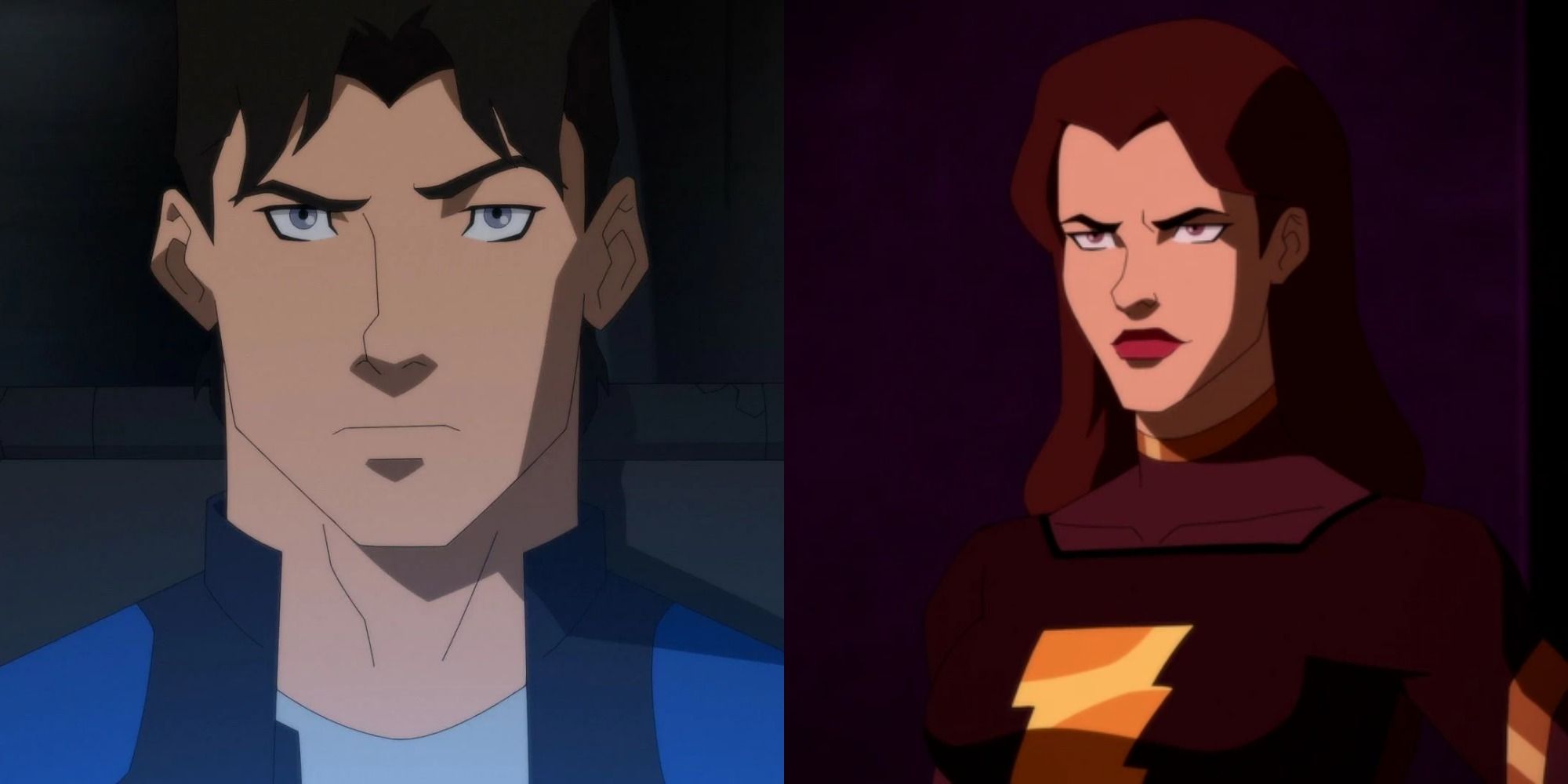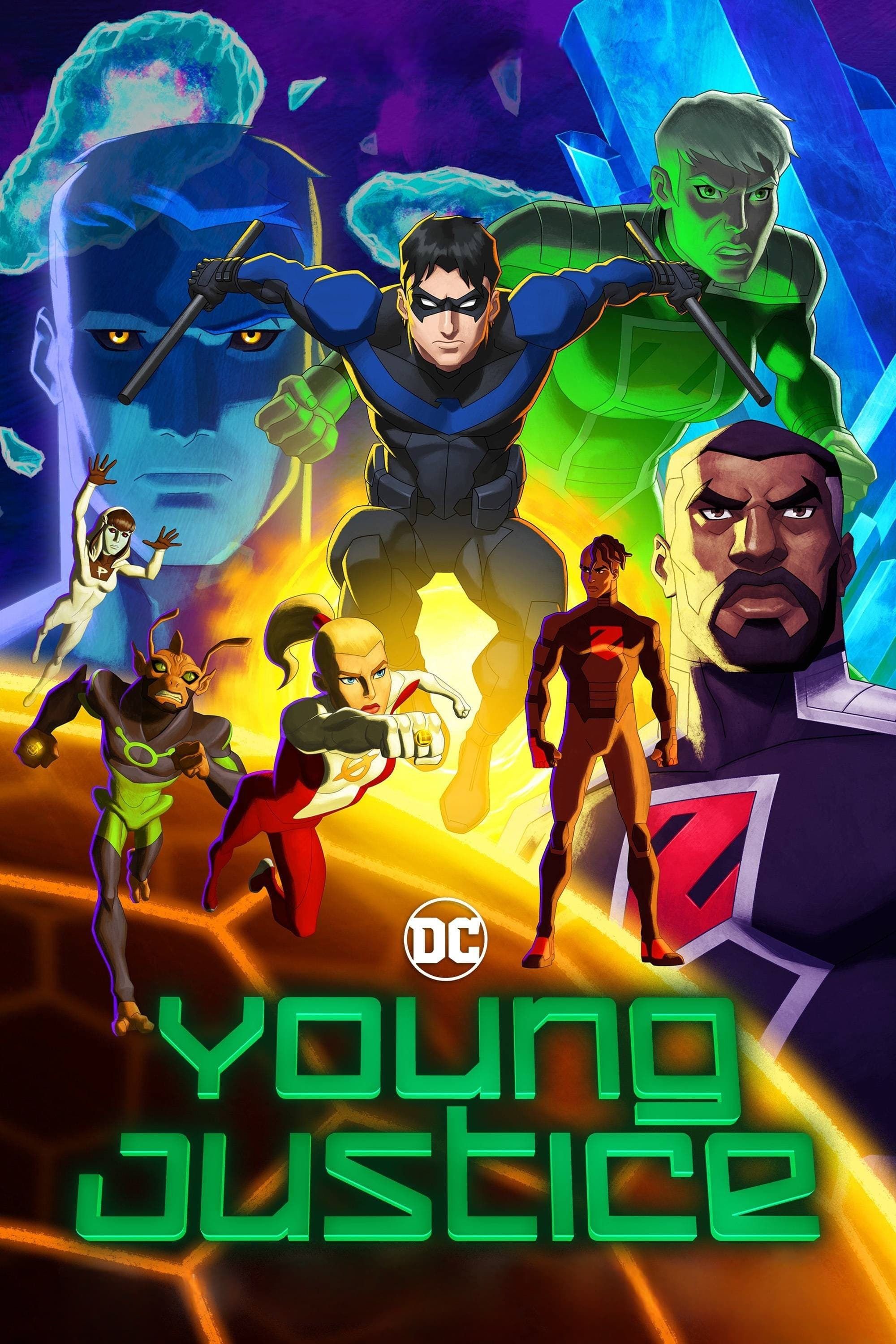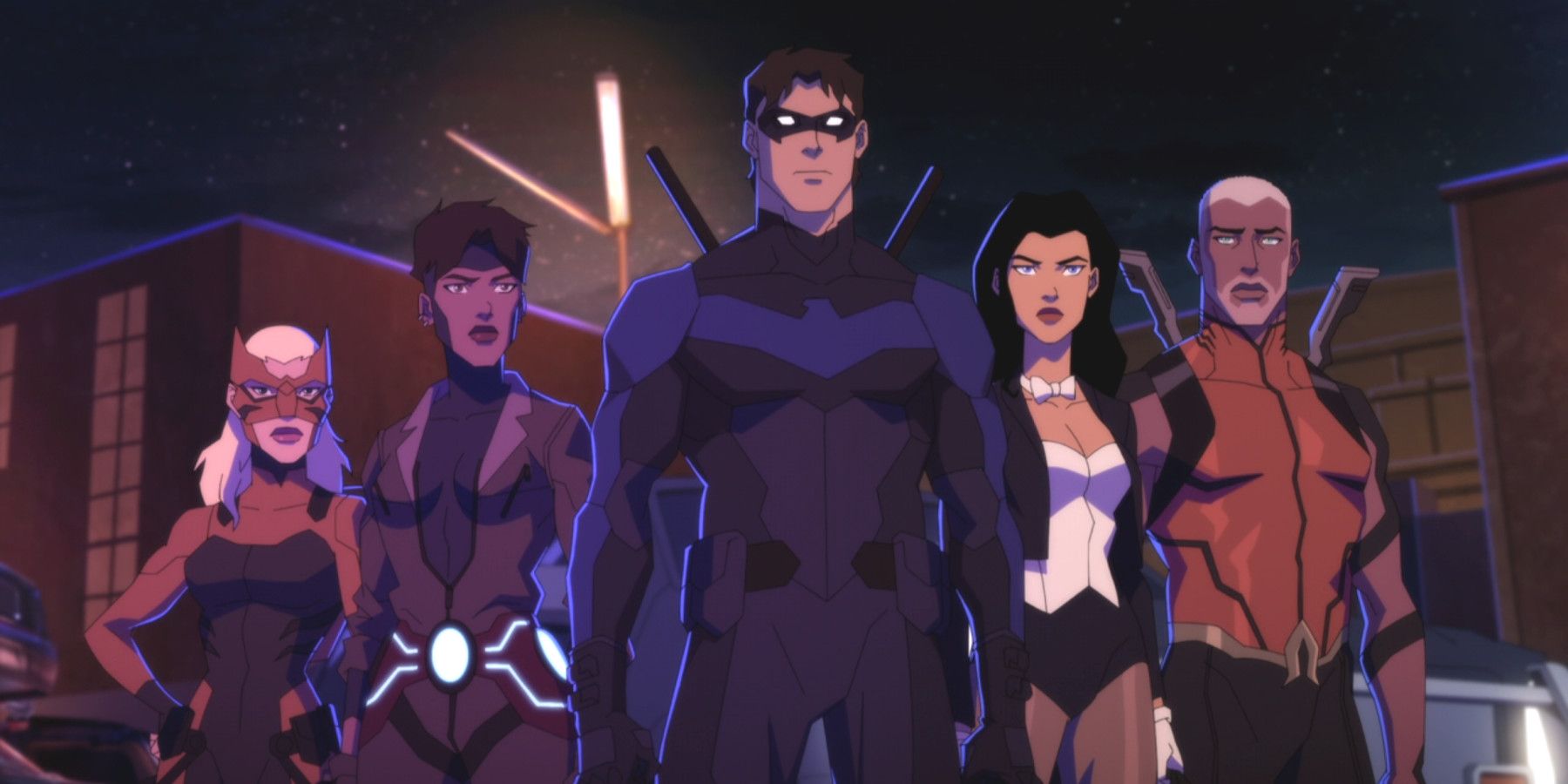Summary
- Young Justice excels at illustrating characters’ growth by incorporating significant time jumps between seasons.
- The time jumps create a closer connection to the characters’ adult selves and allow for intriguing narrative possibilities.
- Showrunners Greg Weisman and Brandon Vietti use time jumps cleverly to maintain audience interest and tie into iconic DC storylines.
Young Justice features a time jump between seasons, but the second season boasted the largest jump of five years. Young Justice depicts DC heroes and sidekicks in their youth as they navigate superherodom and their teenage years. Each season is set some years after the previous season, typically only one or two years. Young Justice season 2, however, had a much longer gap between seasons – which served a very specific purpose.
Young Justice originally aired for two seasons on Cartoon Network before being canceled. It was ultimately revived for DC’s streaming service, DC Universe, before releasing Young Justice season 4 on HBO Max. Young Justice season 5 has not been confirmed, but the series also hasn’t been officially canceled. As such, Young Justice could return at some point in the DCU’s future, potentially with an even bigger time jump than season 2 – though this wouldn’t be able to serve exactly the same purpose as the previous timeskip.
Related
DCU Chapter One Gods And Monsters: Every Movie & Show In The New DC Universe
James Gunn and Peter Safran’s DC Universe begins with six movies and six shows that open the DCU’s first chapter, “Gods and Monsters”.
Young Justice Season 2 Time Jump Explained By Creators
In an interview with DC, Young Justice‘s dual showrunners, Greg Weisman and Brandon Vietti, answered questions from viewers. Among them was how they determine the length of time left between seasons, prompting the pair to expound upon the five-year time jump between season 1 and 2. Weisman explained:
We wanted a big time jump between the first two seasons to truly illustrate what our series was about, i.e. GROWING UP. After that, honestly, it’s more about what feels right. There are always things we want to skip, so that they become reveals.
Evidently, the time jumps in Young Justice function in two primary ways. Firstly, they serve to highlight the coming of age aspect in the series and offer a legitimate passage of time for this. Secondly, the time jump provides a multitude of possible narratives, wherein the series can reveal important events that occurred between seasons. Vietti surmises:
Time jumps obviously create a mystery at the beginning of each season. We know our audience will want to know what happened between seasons and we can tease out the highlights over the course of a new season, which gives us good material to write around.

Related
10 Reasons Young Justice: Phantoms Deserves A Fifth Season
Young Justice’s fourth season, subtitled Phantoms, proved it’s still the best DC animated show out there and deserves to come back for a fifth season,
Why Young Justice’s Season 2 Time Jump Is Good For The Show
Adding the time jumps means that each character ages explicitly from season to season, and thus grows and develops closer to their adult incarnation, reflecting the central theme.
These time jumps are actually perfect for Young Justice. Most animated series are frozen in time, with characters that do not properly age or experience time. This would have completely undermined the coming of age narrative for the central characters in Young Justice. Adding the time jumps means that each character ages explicitly from season to season, and thus grows and develops closer to their adult incarnation, reflecting the central theme.
Furthermore, the time jumps provide ample potential for storytelling. The jumps set up future narratives that exploit the audiences’ familiarity with the source material. Wesiman discussed how this method meant that plotting a season was relatively simple, as the narratives simply had to catch up with the characters. As Weisman explained:
We have a timeline, which is currently 716 pages long (and growing), that dictates when certain things must have happened logically, stemming from events that have already taken place. And each new event that we add cascades into other decisions that also help to fill out the timeline. When things are really humming, the characters pretty much tell us what happens next, and we have surprisingly few “decisions” to make.
For example, in the beginning of Young Justice season 3, it was revealed that Barabara Gordon had already become Oracle. Savvy viewers knew this meant that the classic Batman story, The Killing Joke, must have occurred in the interim, stoking excitement for the narrative to be depicted in imminent episodes. This tactic has evidently proven itself highly successful, and would hopefully be maintained in a possible future season of Young Justice.

Young Justice
Young Justice is an animated Superhero Sci-Fi television show created by Brandon Vietti and Greg Weisman. The series follows the Young Justice group of superheroes, including names like Robin, Aqualad, Kid Flash, and Superboy. Viewers will recognize voices from Jesse McCartney, Khary Payton, Jason Spisak, and Nolan North.
- Cast
- Jesse McCartney , Khary Payton , jason spisak , Nolan North , Danica McKellar , Stephanie Lemelin
- Release Date
- November 26, 2010

